FREE Shipping on Orders over $89 with Account – Create One Today!
- (844)-859-9400
- Get Help
Showing 1–16 of 253 results
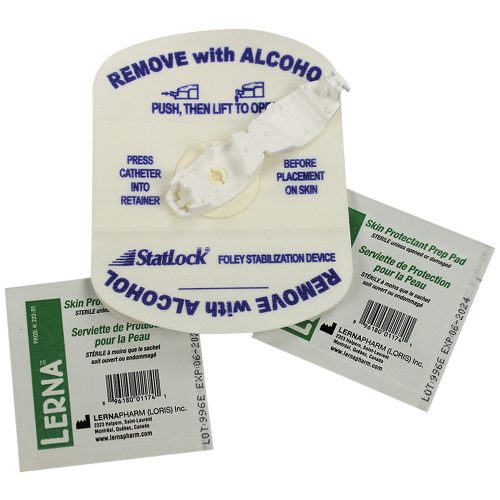
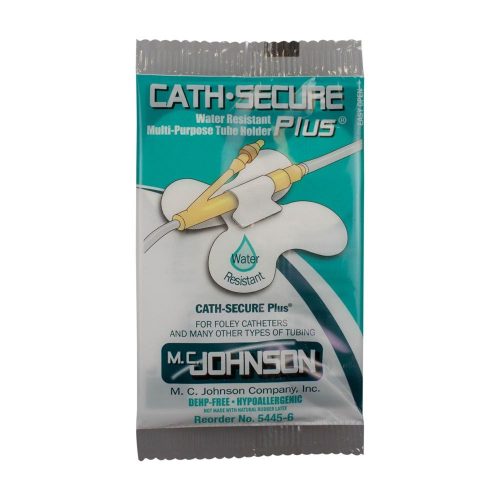
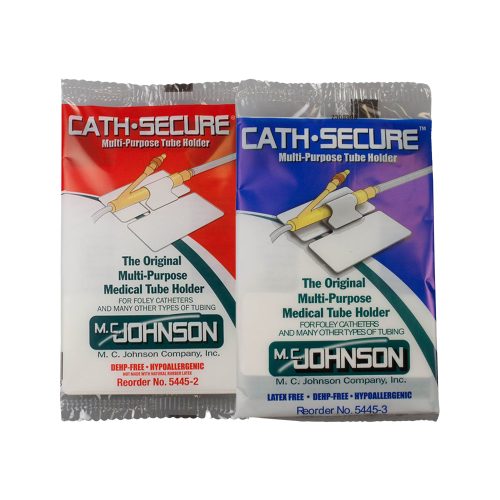
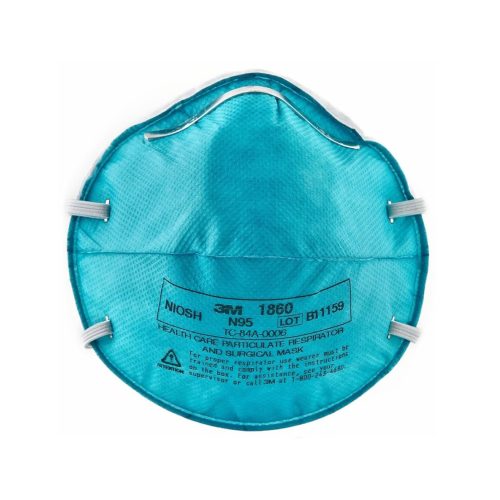
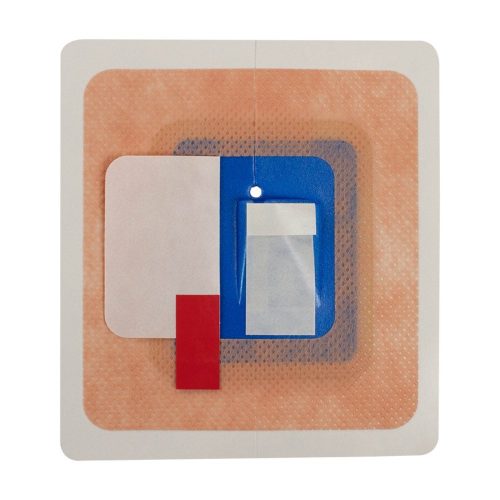

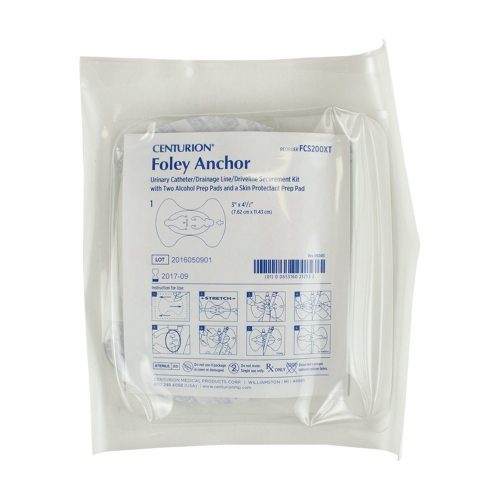
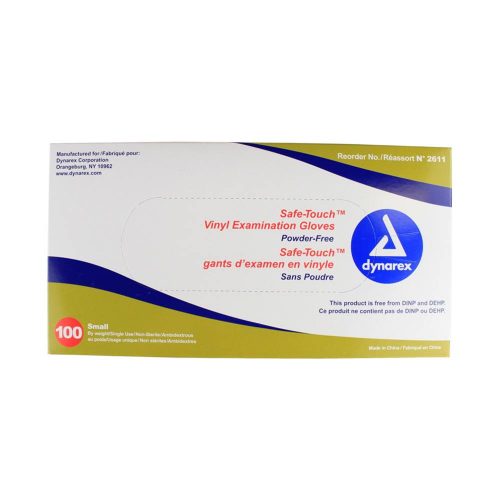

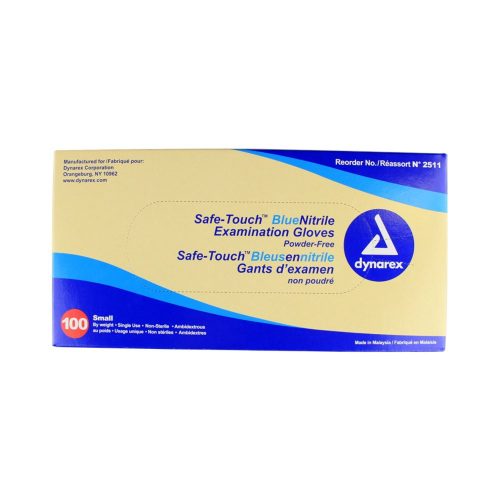
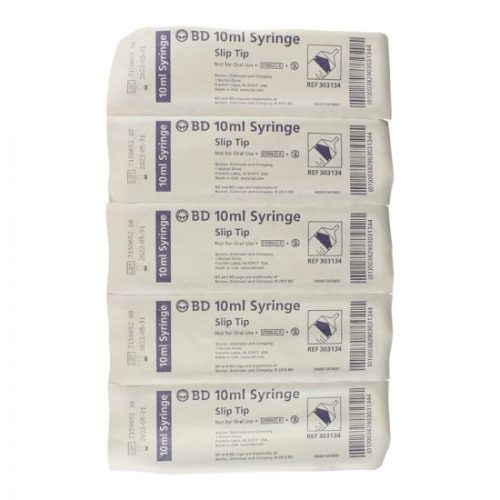

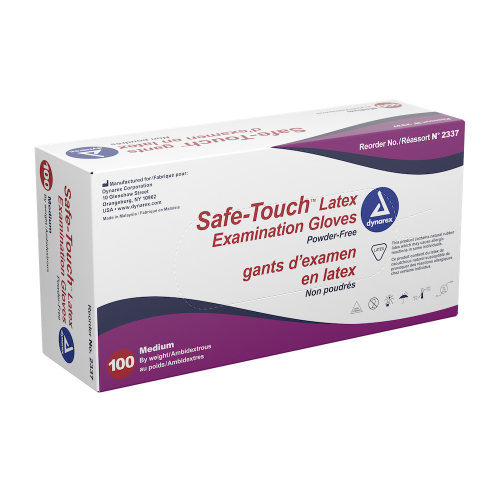
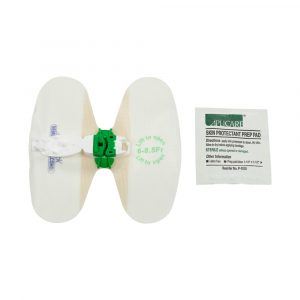


Hospital supplies encompass the instruments and essentials needed to perform certain procedures, as well as the solutions for containing waste and following health and safety regulations.
Medical professionals utilize a range of surgical instruments. Common instruments include:
See all surgical instruments available.
Ensure stability and comfort with Medical Monks’ selection of IV securement devices. Designed to keep IV lines securely in place, these devices help reduce the risk of dislodgement and irritation. Explore a variety of options to meet your medical or personal care needs.
In general, needles and syringes are sterile devices that assist with injecting solutions into or withdrawing fluids from the body. However, both have different constructions and purposes:
Together, these two components assist with delivering drugs, injecting a small amount of fluid, or removing various types of bodily fluids, including blood. Not all syringes are the same and vary based on the type of injection about to be delivered, including subcutaneous, intramuscular and intradermal, plus the medication used. Needle gauge varies similarly for the type of procedure and injection.
Shop all needles and syringes.
Shop all blood collection kits.
For urinalysis, which may go hand-in-hand with a blood test, a patient may need to provide a sample. Collection containers are essential for this purpose: the patient provides a specimen in the testing facility or takes a kit home to drop off later. The goal is obtaining an uncontaminated sample to draw accurate diagnostic results. See all specimen collection containers.
Hospitals generate specific types of waste, from blood and other bodily fluids to sharp, surgical instruments, that are classified as hazardous. In turn, hospital staff can’t simply deposit all discarded samples, soiled bedding and used needles into an ordinary wastebasket. Instead, dedicated containers assist with their disposal.
Particularly concerning needles, surgical instruments and other sharp objects, these containers are constructed out of puncture-resistant materials, less likely to tip over and remain securely closed to prevent contents from spilling out. See all disposal containers.
Medical masks are essential for reducing the spread of liquid and airborne pathogens and are classified by three ASTM levels. Level 1 masks are more breathable but provide a lower level of filtration for bacteria and viruses. Level 2 masks not only provide a greater degree of filtration against microorganisms, but they also are somewhat splash and spray resistant. Level 3, designated for surgical masks, provides the greatest degree of filtration and fluid resistance and is ideal for use in operating rooms. See all surgical and procedure masks.